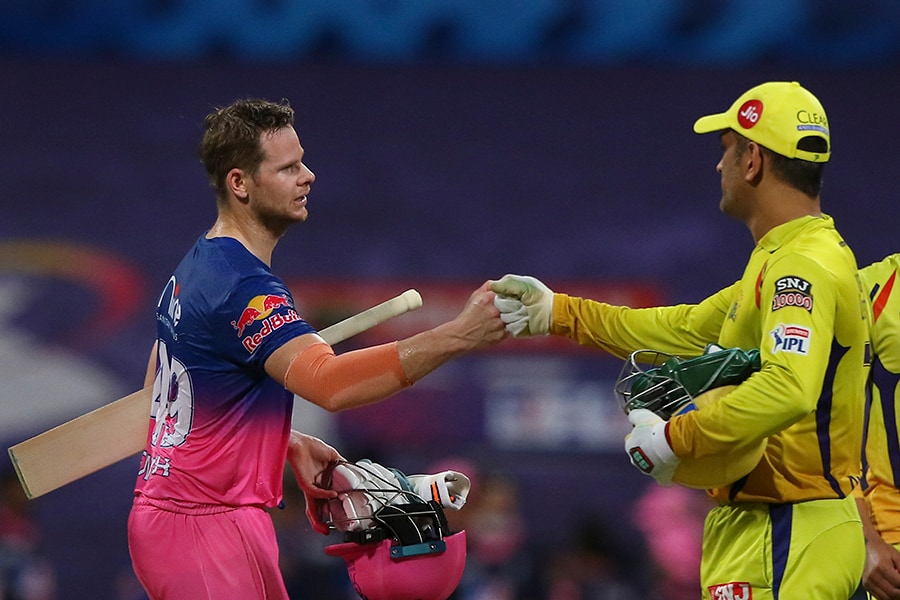
What makes the IPL one of the few profitable sporting leagues?
In a recent co-authored book, Rajasthan Royals owner Manoj Badale and acclaimed cricket journalist Simon Hughes track the upward trajectory of the league and how the franchise has evolved through it, surviving spot-fixing and suspension
 Image: BCCI
Image: BCCI
When former IPL commissioner Lalit Modi first told Manoj Badale he was looking to raise $100 million from the franchise auction of a cricket league that no one had yet heard of, he had a good laugh. Born in India and brought up in England, Badale, a founding partner of venture builders Blenheim Chalcot, had an inherent love for cricket—earlier, along with co-founder Charles Mindenhall, he built a company to acquire the commercial rights to run English county Leicestershire. While that faced a few hitches, Badale turned his focus to investing in the game in the sub-continent. But would Modi’s league live up to his lofty ambitions?
Thirteen years on, the answer is a no-brainer [even as the league’s architect has since been banned for life over financial irregularities and is in exile in London]. From its initial TV rights of $1 billion, forked out by Sony Sports for a period of 10 years, IPL broadcast rights now command a whopping $2.5 billion for five years (acquired by Star Sports in 2018).
What makes IPL such an attractive proposition, one of the few profitable sporting leagues in the world? Badale, the lead owner of the franchise Rajasthan Royals, explores in a book, ‘A New Innings’, co-authored with globally-acclaimed cricket journalist Simon Hughes. Initially meant to document the “rollercoaster ride of the Rajasthan Royals”, the book evolved into a discussion on the business of cricket and the future of cricket. “And then it was completely unreadable,” says Badale, “at which point Simon, a very old friend, looked at the nonsense and decided to jump in. We worked on it for over 18 months.”
“Some business books tend to be boring. They get the detailed information but aren’t too easy to read. I thought this was the kernel of a very good story. But it needs a story to make it readable and interesting to a wider public,” says Hughes, an award-winning sports writer. In an interview to Forbes India, he and Badale give us a peek into their insights. Edited excerpts:
Q. Give us the top three reasons why the IPL has turned out to be so successful.



.jpg?impolicy=website&width=122&height=70)




